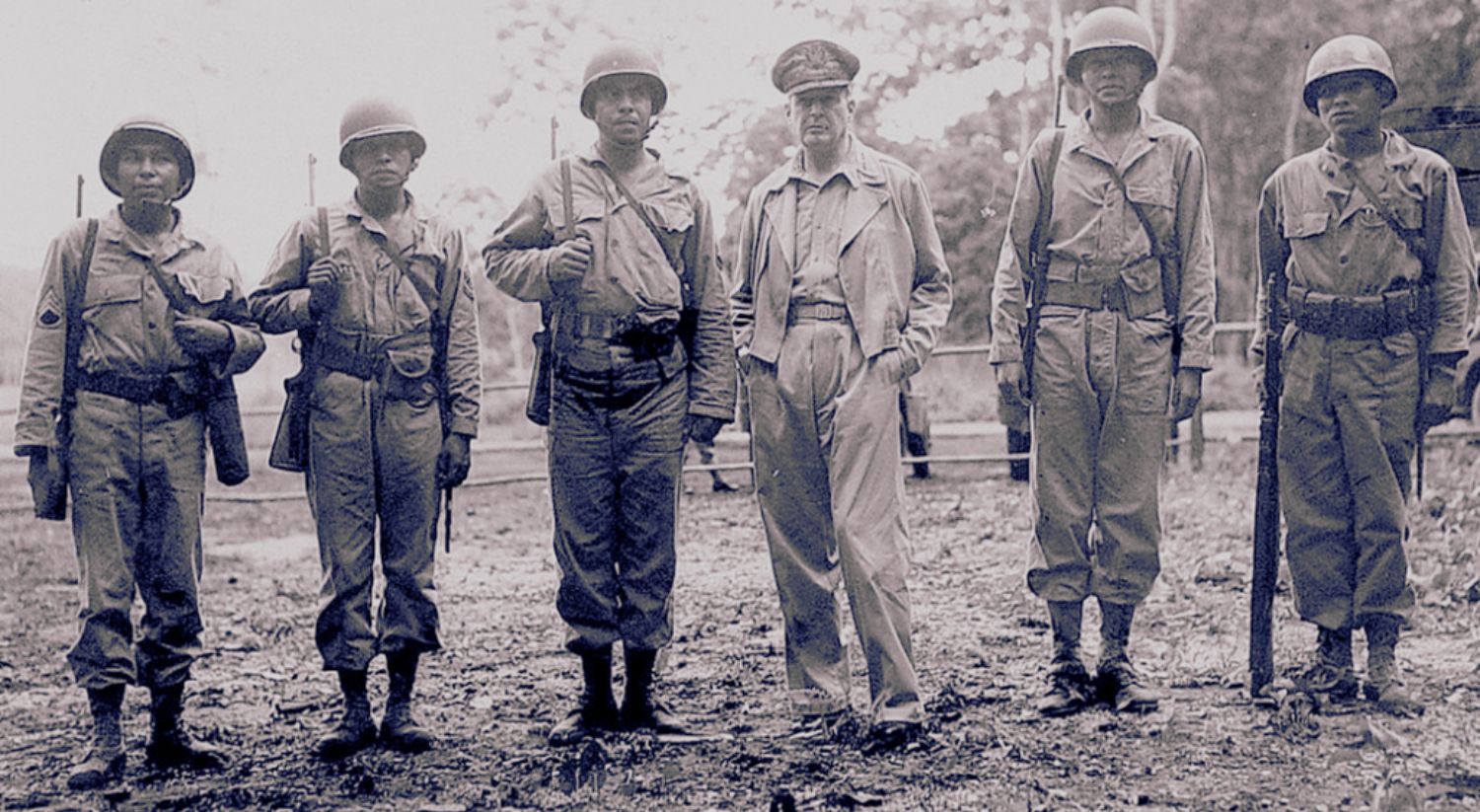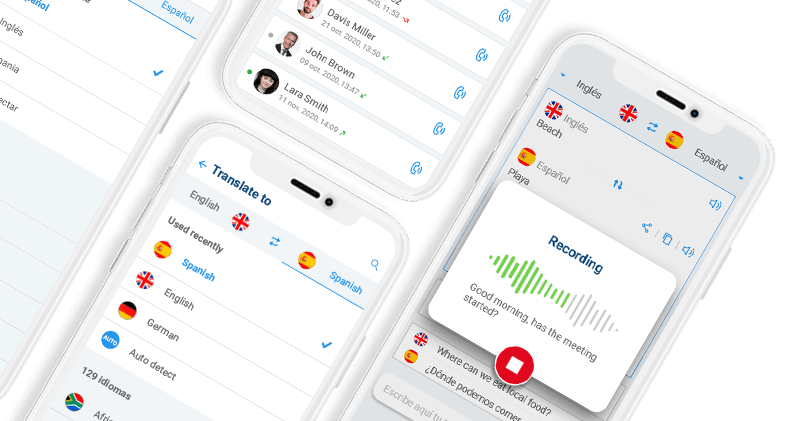
Did you know that a translator can save lives? Yes, you read that right! Mobile translators have saved countless lives by facilitating communication between doctors and patients. This is especially critical in emergency rooms, where everything is chaotic and time is of the essence. In some situations, a simple conversation can mean the difference between life and death.
That’s why, when a patient doesn’t speak the language of the doctors or hospital staff, a translator can be a lifesaver.
Today, we’ll explore some of the most fascinating real-life stories of translators being used as life-saving medical tools. Doctors who have relied on mobile translators will share their experiences, revealing how these tools have been even more valuable than medical monitors or advanced equipment in certain cases.
We’ll look at remarkable cases where patients arrive at the hospital feeling confused and terrified—only to have a translator save lives and change fates entirely.
These are some of the most heartwarming and astonishing stories of translation tools at work. Prepare to be amazed by some unexpected twists!
Let’s dive into how translators save lives and have altered the destiny of countless patients.
Why is communication so critical in the emergency room?
If you’ve ever had the unfortunate experience of visiting an emergency room, you probably noticed that nothing is left to chance. Doctors and nurses rush from one place to another, and the entire hospital staff operates under constant pressure.
It’s not because they want to—it’s because they have to. In an ER, a single second of delay or distraction can mean the difference between life and death.
Every detail matters in an emergency. Medical teams pay attention to every piece of information surrounding a patient’s condition. No fact is insignificant—any detail could be the key to saving a life.
Of course, sometimes there’s no time to talk, only to act. However, once the immediate crisis is handled, doctors work to understand what caused the emergency in the first place. By gathering as much information as possible, doctors can make an accurate diagnosis.
Moreover, in many cases, this information comes directly from the patient. Doctors rely on patient conversations to fill in the missing details, helping them:
- Establish the most effective treatment
- Prevent future complications
- Ensure the patient’s long-term well-being
However, what happens when the patient and doctor don’t speak the same language?
The medical interview: a life-saving tool
Not all ER visits involve traumatic injuries. Evenmore, real-life emergencies aren’t always like what you see on TV—where unconscious patients are wheeled in, fighting for their lives.
In fact, the majority of emergency patients arrive conscious and able to speak with doctors. Even when in pain or discomfort, many patients can still describe:
- Their symptoms
- The cause of their condition
- Their medical history
And if the patient can’t speak, family members, bystanders, or paramedics can provide critical details. But what do doctors actually do with this information?
Let’s take a closer look at how even a short conversation can provide life-saving insights.
Emergency room doctors: the medical detectives
Doctors, nurses, and paramedics rely heavily on direct or indirect interviews for several reasons:
- Understanding medical history: Knowing about allergies, pre-existing conditions, or past illnesses can prevent life-threatening mistakes.
- Identifying the cause of the emergency: Gathering information helps connect the dots and uncover what triggered the crisis.
- Determining the best treatment plan: With the right details, doctors can choose the most effective approach to stabilize and heal the patient.
Most of the time, this life-saving questioning happens before or after emergency procedures. Sometimes, it even happens during the treatment itself. And while it may seem chaotic, every detail matters.
But what if the patient doesn’t speak the doctor’s language? This is where a translator saves lives. Let’s explore some real-life cases shared by emergency room doctors who have witnessed the life-saving power of translation tools firsthand.

Translator saves lives, case #1: “My belly burns”—The phrase that changed everything
This story comes from Daniel, an emergency room doctor working at a hospital in Miami. It’s one of the most fascinating cases because, while it describes a very common hospital scenario, the outcome would have been completely different without a translator.
Let’s see how, for Achebe, a Nigerian man, the life-saving translator helped him navigate a confusing and distressing situation.
A normal night… Until it wasn’t
It was a typical night in the hospital’s emergency room. If you can even call anything in an ER “normal.” For Daniel, everything seemed routine—patients arrived with injuries from traffic accidents, alcohol-related incidents, or various other ailments.
But then, a middle-aged man staggered into the ER, barely able to stand.
He was sweating profusely, his face was pale, and he was in obvious pain. His hands clutched his chest, and he groaned with every step. At first glance, everything pointed to a heart attack. But as Daniel knew, those same symptoms could indicate hundreds of different medical conditions. The mystery deepened.
A patient no one could understand
The first thing Daniel noticed? The man didn’t speak English. That wasn’t unusual in Miami, a city with a diverse international population. As the son of immigrants, Daniel instinctively tried speaking Spanish. No response.
Thinking the patient might speak French, he asked a nurse to try… Still nothing. The language barrier was becoming a major problem—and time was running out.
Medical tests showed no clues
As the minutes passed, tests ruled out a heart attack or any major cardiac issues. There were no signs of organ failure, meaning conditions like appendicitis or gallbladder problems were also unlikely.
Yet, the man continued writhing in pain, unable to explain what was happening. Something was seriously wrong—but what?
A last-ditch effort: The translator
That’s when Daniel remembered something. During a recent trip abroad, he had downloaded a translation app. Desperate for answers, he started testing different languages:
- Portuguese? No response.
- Haitian Creole? Nothing.
- Swahili? Still nothing.
Just as he was about to give up, he tried Yoruba, a language spoken by millions in Nigeria… Bingo!
The translator saves lives and unlocked the mystery
Daniel spoke into his phone: “Where does it hurt?”. For the first time that night, the man’s eyes lit up. Through the translator, he responded: “Inu mi njo” – “My belly burns.”
Achebe, it turned out, was a Nigerian immigrant who had only arrived in Miami a few days earlier. He spoke only Yoruba—and the translator had just saved his life.
A simple, yet painful diagnosis
Using the translation app, Daniel learned that earlier that afternoon, Achebe had eaten at a Mexican restaurant. The spicy food had aggravated his chronic gastritis, triggering an intense burning pain that radiated up his esophagus.
The sensation was so severe that it mimicked the chest pain and sweating of a heart attack. Thankfully, with the right medication, Achebe was soon feeling much better. And all of it was possible because of one small but powerful tool—a mobile translator saves lives… Again!

Translator saves lives, case #2: Gustavo’s “mysterious” illness
In this case, the life-saving translator arrived too late. No, nothing tragic happened—Gustavo himself told us this story. But due to language barriers, a simple misunderstanding turned into a massive medical scare.
Had a translator been available, the entire ordeal would have been solved in minutes.
An foreign executive with an odd problem
Gustavo was a financial management executive from Costa Rica—one of the top tax attorneys at his firm. But despite all his experience, there was one thing he didn’t know: English—or any other foreign language.
Isolated and under observation in Helsinki
This incident took place over twenty years ago, long before translation apps existed. If Gustavo had access to one back then, he could have avoided one of the worst experiences of his life. This also happened well before the COVID-19 pandemic, so hospitals weren’t as prepared for international medical emergencies.
Gustavo had traveled to Finland to attend a conference on tax systems. Before heading to Helsinki, he had spent some time exploring the Costa Rican jungle. Shortly after arriving in Helsinki, Gustavo started feeling unwell. He had a terrible headache, felt weak and feverish. And, most of all, all his body ached.
Worried, he took a taxi to the hospital… and that’s when chaos erupted.
Gustavo almost triggered a public health emergency
A resident doctor greeted him warmly, but there was a major problem:
- She didn’t speak Spanish.
- He didn’t speak English nor Finnish.
Since they couldn’t communicate, the doctor relied on medical monitors and even brought him illustrations of the human body to point at his pain.
But she was completely puzzled. The symptoms didn’t match anything she had learned in medical school. So she called her supervisor, an experienced senior doctor. Still, no one could figure out what was wrong.
The case escalated—Fast and tremendous
The doctors spoke to him in English, but for Gustavo, it was as if they were speaking Martian. He didn’t understand a single word and he could only communicate with gestures. Soon, the entire hospital was talking about his case.
The chief medical officer ordered immediate patient isolation, fearing a potential outbreak. Doctors in protective suits came to examine him, taking samples of his blood and saliva. But no one had any idea what was wrong.
No one thought to ask the patient… Until a student stepped In
Instead of asking Gustavo what had happened, the doctors only ran tests and discussed the case among themselves.
Until a medical student from Mexico asked for permission to examine the patient… He wasn’t even a doctor yet! But at this point, the hospital was desperate—so they let him try.
Minutes later, the student walked out smiling. The other doctors were shocked because the student had even removed his protective suit to speak with the patient. They thought he had lost his mind!
A simple explanation for a big misunderstanding
“This man has Chikungunya. Unless a mosquito bites us at -10°C, we’re all safe”. Gustavo’s “mystery illness” was actually a common tropical disease transmitted only by mosquito bites. Had a translation app been available, this entire fiasco would have been avoided.
A must-have travel companion: a translator
Gustavo’s case is just one of thousands—situations that seem complicated but could be solved in minutes with a simple conversation. This brings us to an important lesson:
Never travel without a translation app!
A translation app makes vacationing easier, allowing you to communicate quickly and effortlessly. It turns your trip into a richer, more immersive experience. Most importantly, in an emergency, a translator save lives
If you use an app like Talkao Translate, you can communicate with hospital staff instantly. With the camera translator, you can read prescriptions and medical instructions—no matter the language.
Plus, with the text translator, you can understand any written medical instructions or documents. Talkao’s apps let you communicate in over 125 languages—right from your phone.
And in a life-or-death situation, that could make all the difference.










Newsletter